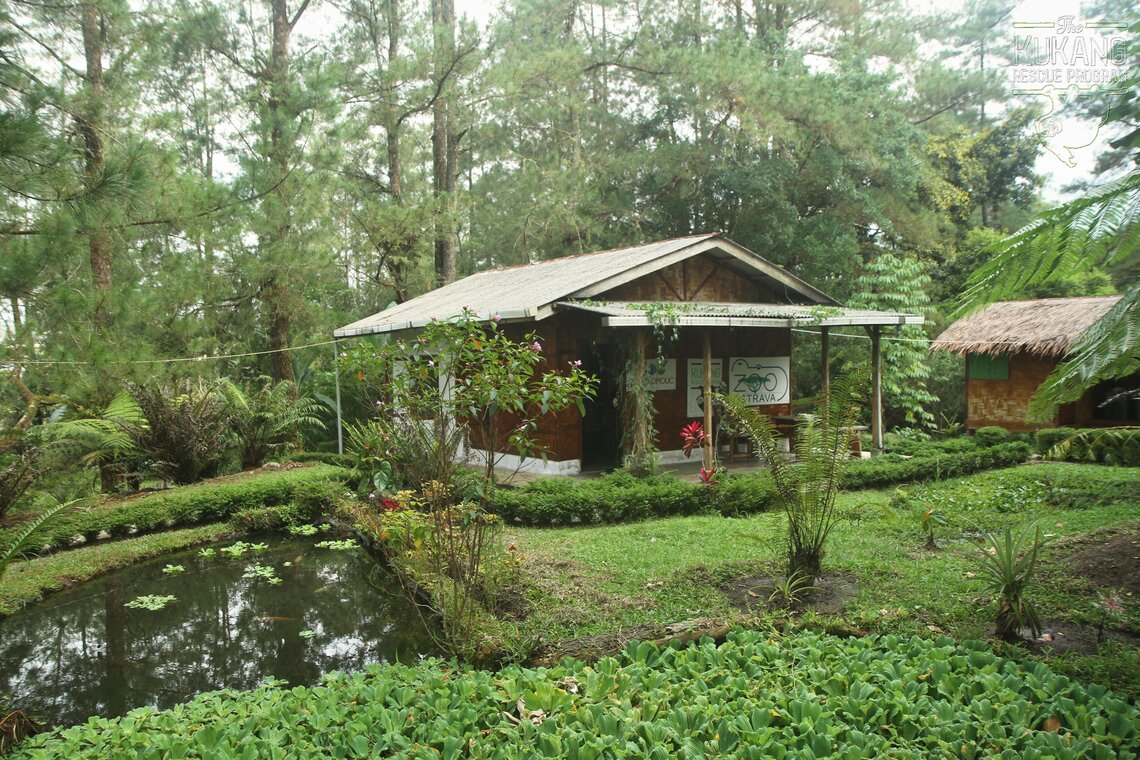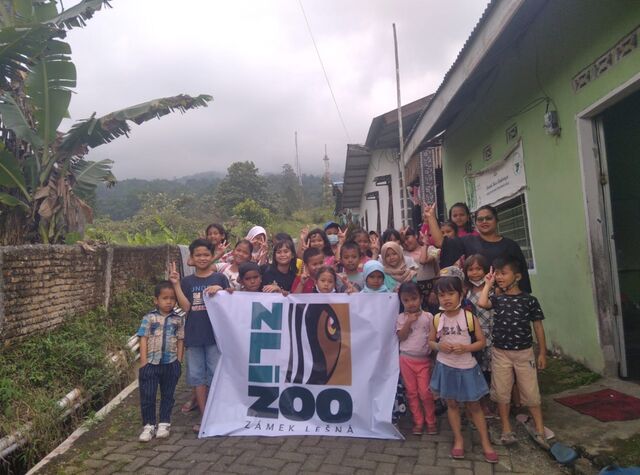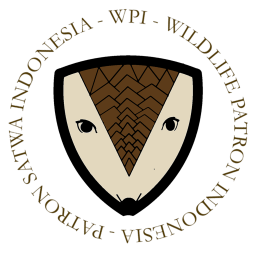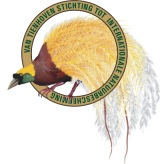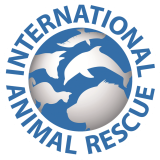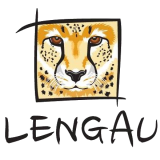Zoos as Conservation Centers
Zoos today are no longer merely places where people go to admire exotic animals. Modern zoos have become key institutions in the protection of endangered species. Thanks to their expertise, international cooperation, and educational programs, they play a crucial role in the fight to preserve biodiversity.
For example, in collaboration with other modern zoological institutions, the Ostrava Zoo has been actively involved in global conservation programs for decades. Among others, the pygmy slow loris (Xanthonycticebus pygmaeus) is also kept here. Similar initiatives are being carried out in many other countries, where zoos serve as hubs for conservation breeding, scientific research, conservation projects, and reintroducing individuals bred in human care into the wild. If you're interested in learning more about the role of zoos in endangered species conservation, visit the new series Na chvíli na Zemi (A Moment on Earth) at www.modernizoo.cz.
Preservation of Genetic Diversity
One of the primary functions of zoos is the preservation of genetic diversity in endangered species. Through carefully managed breeding programs, zoos help ensure that the gene pool of threatened animal species is maintained for future generations.
Programs such as the EAZA Ex situ Programme (EEP) coordinate animal breeding across zoos throughout Europe. These programs are designed to minimize inbreeding and maintain healthy animal populations, which may eventually be reintroduced into their natural habitats. Examples of successful repatriation include the return of the bearded vulture to the Alps and the reintroduction of the Przewalski’s horse to its native environment in Mongolia.
Research and Education
Zoos are also important centers for scientific research. Experts in these institutions study animal behavior, reproductive biology, and other aspects essential for effective species conservation in the wild.
Public education is another integral part of the zoo's mission. Visitors can learn about endangered species and how they themselves can contribute to their protection. This fosters greater public awareness of the value of biodiversity and the importance of preserving natural ecosystems.
International Cooperation and Support for In situ Conservation Projects
Endangered species conservation is a global task requiring international cooperation. Zoos from different countries share knowledge, expertise, and often collaborate on supporting specific conservation programs.
One such example is the Kukang Rescue Program - an international initiative focused on combating illegal wildlife trade and protecting slow lorises and pangolins, which are threatened by poaching and habitat loss in northern Sumatra. Many European zoos raise funds for the protection of these animals and help support local communities, encouraging them to take part in the conservation of these species and their ecosystems.
Conclusion
Zoos play a key role in the conservation of endangered species. Not only do they preserve genetic diversity but they also conduct scientific research, educate the public, and support conservation programs. Thanks to their efforts, there is hope that many species that might otherwise vanish from our planet can be saved.




